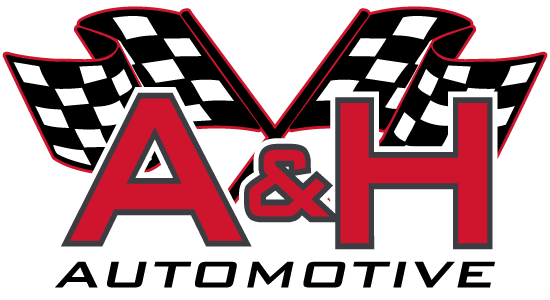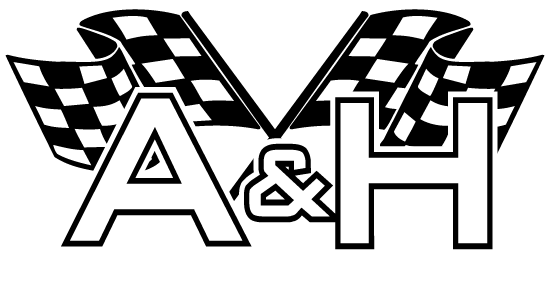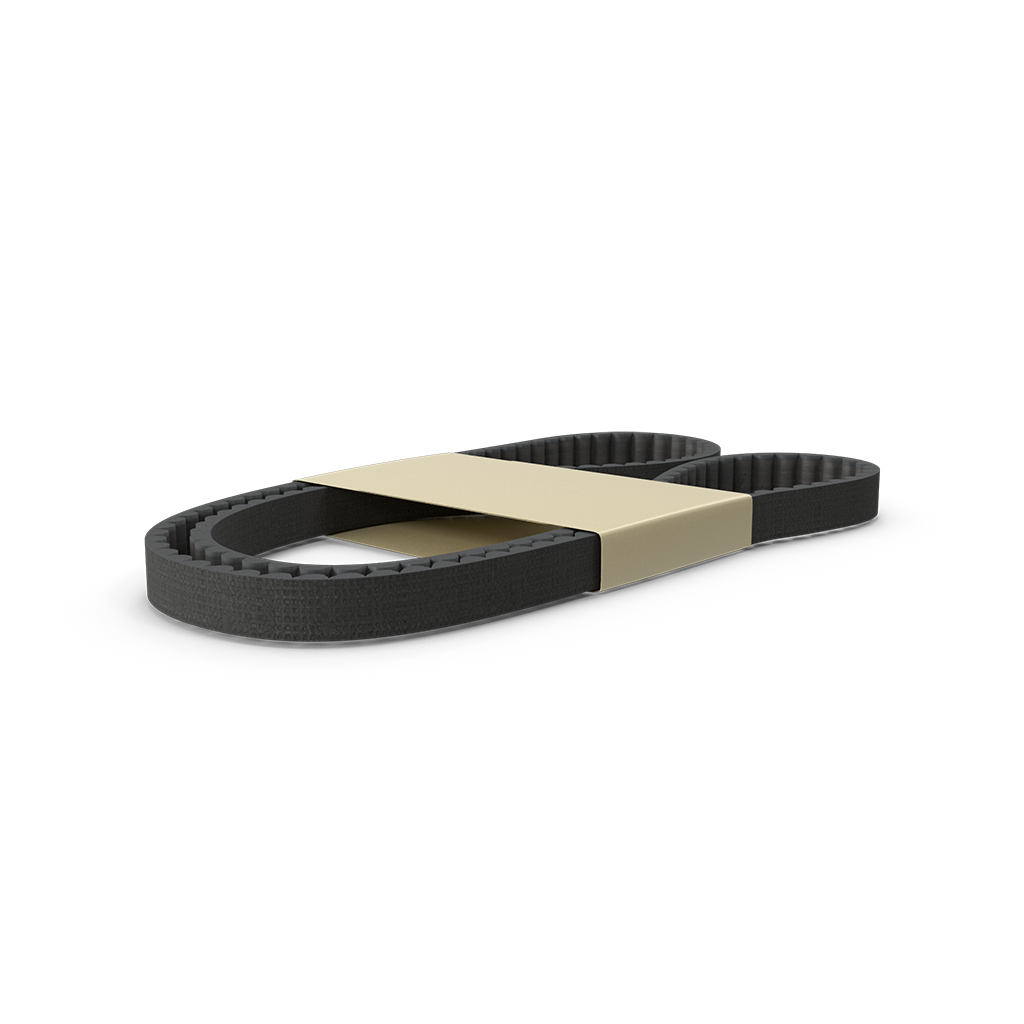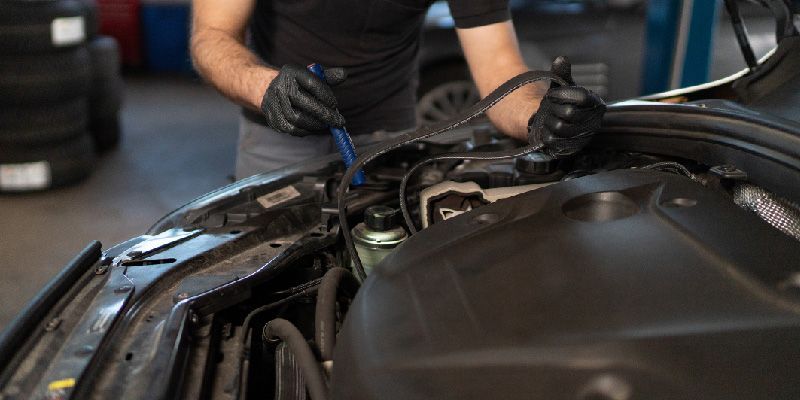Trusted Belt Replacement Services in Del City, OK
Our Belt Services: Maintaining Your Engine's Health
Comprehensive Belt Services
Explore our range of belt services tailored to meet your vehicle’s specific needs:
Standard Belt Maintenance:
Serpentine Belt Inspection: Regular checks for cracks, fraying, and wear to ensure effective power transmission to various engine components.
Timing Belt Assessment: Critical examination of your timing belt for wear and tension issues to prevent engine timing problems.
Advanced Belt Replacement Solutions:
Timing Belt Replacement: Complete replacement of the timing belt and examination of related components like the tensioner and pulley to maintain precise engine timing and prevent future failures.
Serpentine Belt Upgrade: Installation of high-quality serpentine belts that provide enhanced durability and performance under various operating conditions.
Pulley and Tensioner Service: Inspection and replacement of pulleys and tensioners to ensure optimal belt tension and alignment, enhancing the lifespan of new belts.
What Happens When a Belt Breaks While Driving
When a belt breaks while driving, the consequences can range from inconvenient to severe. Depending on the belt that fails, you may experience loss of power steering assistance, engine overheating, dead battery due to lack of charging, or even catastrophic engine damage. Sudden belt failure can lead to loss of vehicle control, engine stalling, or complete engine failure, potentially leaving you stranded on the road and requiring costly repairs. Regular belt inspections and timely replacements are essential preventive measures to avoid such hazardous situations and ensure the safety and reliability of your vehicle.
Find Belt Services Near You!
Belt Replacement Frequently Asked Questions
What is the role of the serpentine belt in a vehicle?
The serpentine belt is a long, winding belt that drives multiple peripheral devices in an engine such as the alternator, power steering pump, water pump, air conditioning compressor, and sometimes the cooling fan. It is crucial for the functioning of these systems.What are tensioners and pulleys, and why are they important?
Tensioners are devices that maintain the correct amount of tension on the serpentine belt to ensure it runs smoothly without slipping or overheating. Pulleys guide the belt around the various engine components. Both are essential for maintaining the belt’s alignment and tension.How do I know if my vehicle's belt, tensioner, or pulleys need repair or replacement?
Signs that these components may need attention include a squealing noise from the engine compartment, visible wear or cracks on the belt, a belt that appears too loose or too tight, or any unusual vibrations or movements from the tensioner or pulleys.What happens if a serpentine belt breaks while driving?
If a serpentine belt breaks, it will cause an immediate loss of power to all systems it drives, such as the power steering and alternator, potentially leading to engine overheating and battery drain, which can result in a vehicle breakdown.How often should the serpentine belt, tensioner, and pulleys be replaced?
These components should generally be inspected every 10,000 to 15,000 miles and replaced every 60,000 to 100,000 miles. However, always consult your vehicle’s owner's manual for specific recommendations.Can I replace the serpentine belt, tensioner, and pulleys myself?
Replacing these components can be complex and requires specific tools and knowledge of engine mechanics. If you are not experienced in vehicle maintenance, it is advisable to have these components replaced by a professional mechanic to avoid damage or incorrect installation.What is the estimated cost for replacing the serpentine belt, tensioner, and pulleys?
The cost can vary widely depending on the vehicle make and model, but typically ranges from $250 to $750, including parts and labor. High-end or luxury vehicles may cost more due to the complexity and part pricing.How long does it take to replace these components?
The replacement process generally takes between 1 to 3 hours, depending on the accessibility of the belt system and whether multiple components are being replaced at the same time.What additional maintenance should be considered when replacing the serpentine belt, tensioner, and pulleys?
When replacing the serpentine belt, tensioner, or pulleys, it's a good opportunity to inspect related components such as the alternator, water pump, and power steering pump for any signs of wear or damage. This can prevent future breakdowns and ensure all parts are functioning optimally. Regular inspection of these components can help maintain the overall health of your vehicle's engine system.How can I book a service appointment for belt, tensioner, and pulley replacement?
You can schedule a service by calling our shop, booking online through our website, or visiting us in person during business hours. We recommend booking in advance to ensure your vehicle is serviced without delay.What are the signs that a timing belt needs replacement?
Signs that your timing belt may need replacement include a ticking noise coming from the engine, the engine won't turn over, a misfire, or the engine suddenly stops. You may also notice oil leaking from the front of the motor. It’s crucial to address these signs immediately to avoid engine damage.How can I tell if my timing belt has been replaced?
To determine if your timing belt has been replaced, you can check the service history of the vehicle. Most vehicle service records will include a notation when the timing belt is replaced. If no records are available, a mechanic can inspect the belt for signs of wear or previous replacement.What happens if a timing belt breaks while driving?
If a timing belt breaks while driving, the engine will stop running immediately. This can be dangerous if it occurs while driving at high speeds or in traffic. In many engines, especially those with an interference design, a broken timing belt can lead to significant engine damage, including bent valves, cylinder head or camshaft damage, and piston and cylinder wall damage.Is it necessary to replace other components when changing a timing belt?
Yes, it is often recommended to replace other related components when changing a timing belt. This typically includes the water pump, tensioner, and idler pulleys. Since these components are accessible during the timing belt replacement and have similar lifespans, replacing them at the same time can prevent future breakdowns and additional labor costs.How long does it take to replace a timing belt?
Replacing a timing belt typically takes about 4 to 6 hours, depending on the complexity of the engine and the specific vehicle model. Some vehicles have more accessible engine compartments than others, which can affect the duration of the replacement process.




